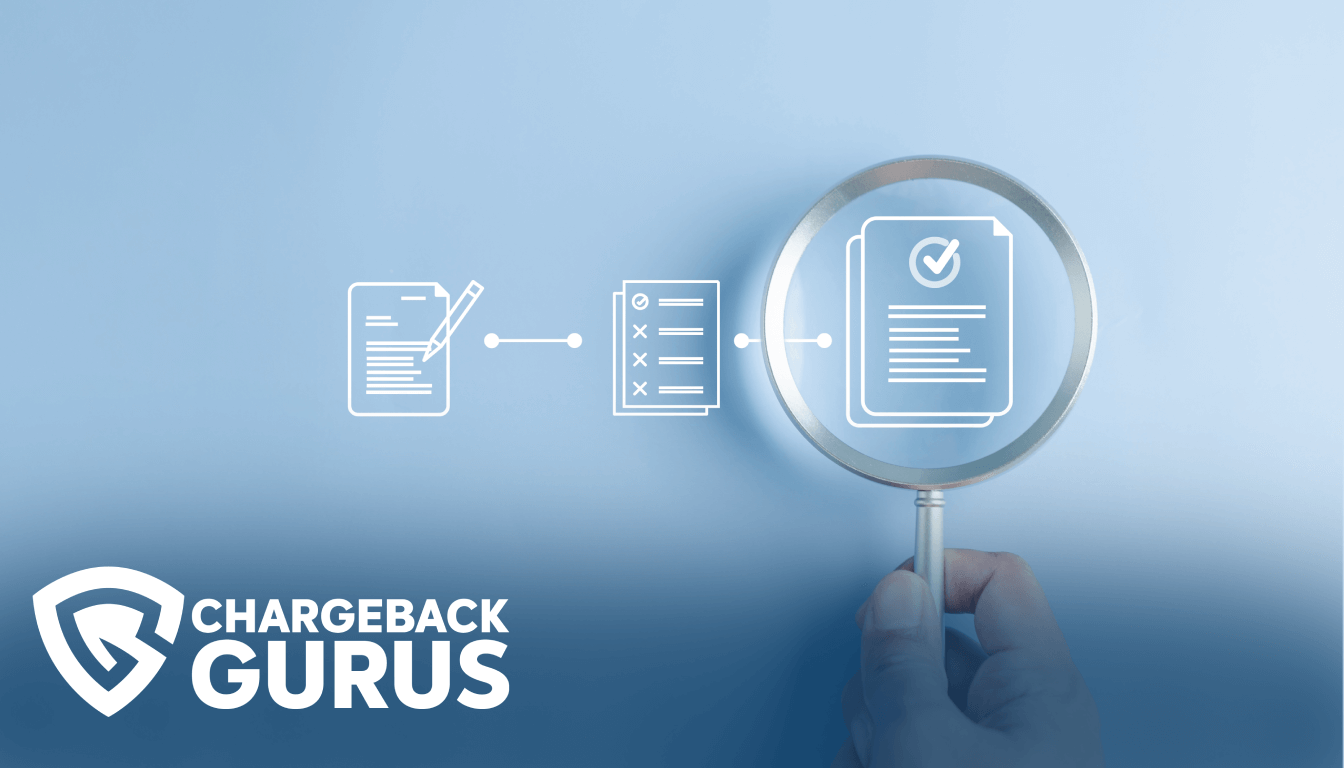American Express Chargeback Reason Code C32: Card Member Disputes

Table of Contents
- What is American Express chargeback reason code C32?
- What causes code C32 chargebacks?
- What's the time limit to respond to code C32 chargebacks?
- How can merchants fight code C32 chargebacks?
- How can merchants prevent code C32 chargebacks?
- About American Express chargeback reason codes
Merchants who receive a chargeback for a transaction placed with an American Express card may encounter reason code C32, which indicates a disputed transaction that the cardholder does not believe they should be responsible for paying. The actual underlying cause of this chargeback is usually either friendly fraud or merchant error. Merchants who believe they have received an invalid chargeback under reason code C32 may be able to represent the transaction and reverse the chargeback with the right compelling evidence.
What is American Express chargeback reason code C32?
American Express chargeback reason code C32 falls under the “Card Member Disputes” category. The shorthand description is “Goods/Services Damaged or Defective.” This reason code means that the customer claims to have received goods or services that were damaged, defective, or otherwise unacceptably faulty.
Accidents happen, and it’s far from unheard of for a product to arrive at its destination broken or cosmetically damaged. Warehouse workers and delivery people are fallible humans like all of us, and sometimes a box gets dropped or stepped on.
Typically, the merchant or carrier has an obligation to step in and make things right for the customer by providing a refund or replacement, but when no such relief is forthcoming, the customer has a right to demand a chargeback under this reason code.
What causes code C32 chargebacks?
This chargeback is valid when a customer receives a product or service that is genuinely deficient in some way, and the merchant does not take action to resolve the problem for them by providing a refund or a replacement.
In some cases, such as when unique custom-made products are concerned, it may be more appropriate to offer free repairs to the damaged item. If the merchant does not offer a satisfactory resolution for the customer, they are entitled to receive this chargeback.
Friendly fraudsters, on the other hand, will ask for this chargeback even when they receive items in good working order. When a customer does receive a damaged product and immediately asks for a chargeback instead of giving the merchant a chance to resolve things, it counts as friendly fraud too.
What's the time limit to respond to code C32 chargebacks?
The acquirer or merchant has 20 days to respond to a chargeback filed under reason code C32.
How can merchants fight code C32 chargebacks?
Merchants can fight code C32 chargebacks by providing evidence that the goods were not damaged or defective, the goods were sold as is, or the customer refused to return the damaged item.
Your response should include one of the following elements:
- If you have proof that the goods or services were not damaged or defective, provide evidence to refute the cardholder’s claim. This might include, for example, the fact that the merchandise wasn’t returned. If the customer posts public pictures on social media showing a pristine product being used as intended, you can even submit those as evidence.
- If the merchandise or services provided were defective, provide proof that the cardholder agreed to accept the goods or services as is.
- If the goods or services were not returned, provide documentation that proves the cardholder did not comply with your clearly-stated refund policies.
- If you have already processed a refund for the transaction in question, provide documentation that proves you have credited the cardholder’s account
How can merchants prevent code C32 chargebacks?
A damaged or defective product is a legitimate concern that any ethical merchant should want to help their customers with. By providing refunds, replacements, or repairs when appropriate, you can preserve customer loyalty and avoid costly chargebacks.
Follow these tips to avoid receiving chargebacks:
- Provide exceptional customer service and promptly acknowledge customers when they make contact.
- If the cardholder contacts you to resolve the issue, promptly fulfill all valid requests for replacements or refunds.
- Use the correct size boxes and sufficient packing material to prevent items from breaking in transit.
- When a product is defective, resolve the issue yourself. Don’t refer the cardholder to the manufacturer instead.
About American Express chargeback reason codes
Reason codes are alphanumeric codes that provide the justification for granting a chargeback. Pursuant to the Fair Credit Billing Act of 1974, cardholders have the right to dispute unauthorized or erroneous charges, and issuing banks must reverse a disputed transaction if the cardholder’s claim is valid.
When a cardholder contacts their issuing bank to dispute a transaction and receive a chargeback, the dispute is assigned a reason code that most closely matches the substance of the cardholder’s claims. The reason code provides the merchant and other stakeholders in the dispute with a concise explanation for why a chargeback has been granted.
Each card network—Visa, Mastercard, American Express, and Discover—defines and maintains their own unique set of reason codes, which are applied to disputes by the banks that issue credit and debit cards under their brands.
As both a card network and an issuer, American Express specifies 34 reason codes under the categories of Fraud, Authorization, Processing Errors, Card Member Disputes, and Inquiry/Miscellaneous. Each American Express reason code consists of one or more letters, indicating the category, and a number that identifies the specific dispute reason.
Understanding chargeback reason codes is one of the most essential parts of effective chargeback management. Identifying the chargeback reason code and the evidence required to fight it is the first step in chargeback representment, and analyzing your chargeback reason codes can provide you with insights into what types of disputes are causing you the most trouble. With this information, you can determine the root causes of your chargebacks and take action to prevent them from reoccurring.


